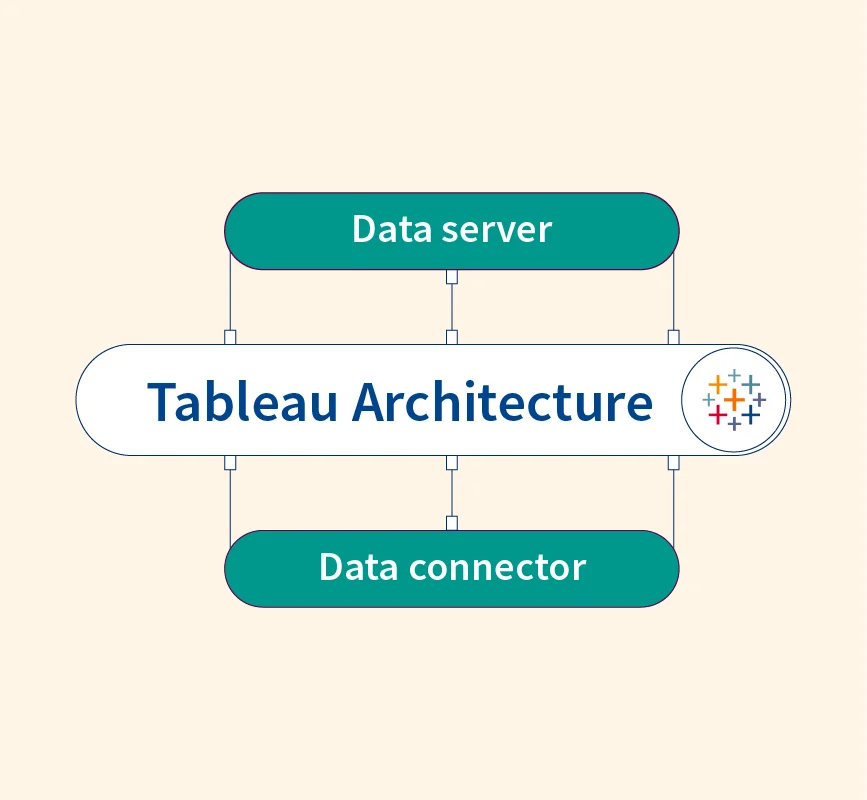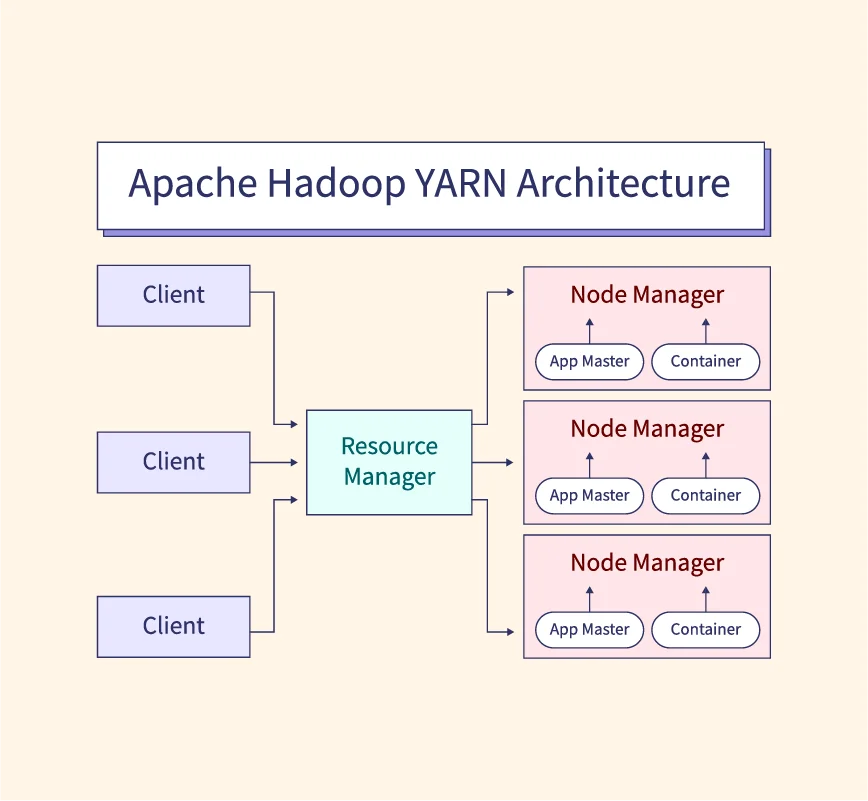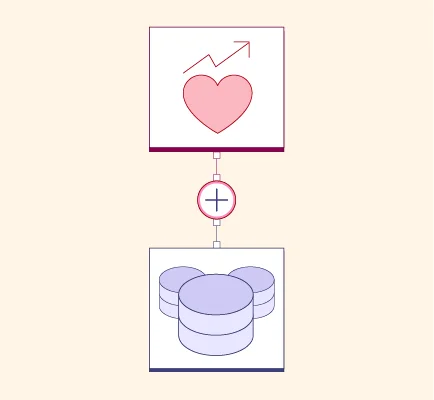Artificial intelligence (AI) is making significant strides across various industries, and agriculture is no exception. In an era of increasing population and dwindling natural resources, AI offers innovative solutions to some of the most pressing challenges in farming, from crop management to efficient resource use.
Traditional farming practices, which rely heavily on manual labor and experience, are being complemented and enhanced by AI technologies. These technologies enable farmers to make data-driven decisions, automate routine tasks, and optimize processes that are vital for boosting productivity. From small farms to large-scale agricultural enterprises, AI is reshaping how the world grows and manages its food supply.
With the ability to predict crop yields, optimize water usage, and detect diseases early, AI holds the potential to revolutionize agriculture. In this article, we will explore the numerous benefits of AI in agriculture, its various applications, the challenges faced during implementation, and the future trends that are set to shape the industry.
The Benefits of AI in Agriculture
The terms artificial intelligence (AI) and agriculture may have appeared like an odd mix until recently. After all, while even the most basic AI has just recently been developed, agriculture has been the foundation of human society for millennia, supplying both nourishment and fostering economic growth. All industries, however, are introducing novel concepts, and agriculture is no exception. Farming techniques have undergone a revolution due to the swift progress in agricultural technology in recent times. The sustainability of our food system is being threatened by global issues like population increase, climate change, and resource scarcity, thus these technologies are becoming more and more important. By introducing AI, many problems are resolved and the negative aspects of traditional farming are lessened.
1. Data-driven Decisions
AI-powered systems enable farmers to analyze vast datasets and make more informed decisions. These datasets can include weather conditions, soil quality, crop health, and market trends. Through precision agriculture tools, AI helps optimize resource use and maximize productivity by providing real-time insights and actionable data.
- Example: AI-driven platforms like Climate FieldView offer farmers detailed insights into their fields, allowing them to make decisions about planting, fertilization, and harvesting based on data patterns rather than guesswork.
2. Cost Efficiency and Savings
Automation powered by AI reduces the need for manual labor and significantly cuts down operational costs in the long run. Tasks such as planting, watering, and harvesting, which traditionally require a large workforce, can now be handled by AI-driven machines, leading to considerable savings for farmers.
- Example: Automated tractors and drones can handle tasks like plowing and spraying pesticides, reducing the number of workers required and minimizing human error, thereby saving both time and money.
3. Automation’s Role in Agriculture
AI-driven automation is making everyday tasks more efficient while reducing human error. Robots and drones are increasingly being used to automate essential farm operations such as planting, weeding, and harvesting. This ensures that tasks are completed consistently and accurately.
- Example: Blue River Technology has developed AI-powered robots that can distinguish between crops and weeds, enabling precise herbicide application, which helps reduce chemical usage and labor costs while improving productivity.
Applications of Artificial Intelligence in Agriculture
There are several manual techniques involved in traditional farming. In this regard, putting AI models into practice can be very beneficial. By complementing existing implemented technology, an intelligent farm system can facilitate various activities. AI is capable of gathering and analyzing large amounts of data and deciding on the best course of action. Here are a few typical applications of AI in agriculture:
Smart Irrigation Systems
AI-driven smart irrigation systems optimize water usage by monitoring soil moisture levels and weather conditions in real-time. These systems prevent over- or under-watering, ensuring that crops receive the optimal amount of water for growth.
- Example: AI can detect leaks or system failures in irrigation networks, allowing for prompt repairs and minimizing water wastage, leading to more sustainable water use.
Source: Intellias
Crop and Soil Monitoring
AI technologies are instrumental in assessing soil quality and nutrient content, providing farmers with critical information on soil health. AI-based tools monitor crop health in real-time, identifying signs of stress or nutrient deficiencies.
- Example: AI-powered drones equipped with sensors capture data on crop growth, allowing farmers to intervene early when crops show signs of disease or nutrient deficiency.
Source: Intellias
Disease and Pest Detection
AI-powered sensors and cameras can detect plant diseases and pests at an early stage, allowing for quick interventions. By using machine learning models, these systems can identify common diseases and pests based on visual symptoms, preventing widespread damage.
- Example: Platforms like Taranis use AI to analyze aerial images of crops, identifying pests and diseases before they cause significant damage.
Livestock Health Monitoring
AI technologies also play a critical role in monitoring livestock health by tracking animal behavior, movement, and vital signs. This allows farmers to detect early signs of illness or distress, improving animal welfare and productivity.
- Example: AI-based systems like Connecterra use sensors to monitor dairy cows’ health, predicting issues like lameness or reduced milk production before they become critical.
AI in Pesticide Application
AI-based systems improve the precision of pesticide application, ensuring that chemicals are only applied to affected areas and minimizing the exposure of healthy crops. This leads to a significant reduction in pesticide use, improving environmental sustainability.
- Example: John Deere’s See & Spray technology uses AI to detect weeds and apply herbicide only where necessary, reducing the overall chemical load on fields.
Source: Intellias
Yield Mapping and Predictive Analytics
Predictive models using AI help farmers forecast crop yields by analyzing environmental factors such as weather, soil quality, and previous harvest data. These tools allow for more efficient planning and resource allocation.
- Example: AI platforms can predict potential challenges during the growing season, such as drought or disease outbreaks, enabling farmers to take preventive measures.
AI in Weeding and Harvesting
AI-driven machinery can automate labor-intensive tasks like weeding and harvesting, significantly improving productivity. Autonomous machines can detect weeds and remove them without damaging crops, and robots can harvest crops with precision, ensuring minimal waste.
- Example: Robotic harvesters powered by AI are being used to pick delicate fruits like strawberries, ensuring they are harvested at the right time to maximize yield and quality.
Sorting and Surveillance
AI-powered machines are also used for sorting harvested produce, ensuring that only high-quality products make it to market. Additionally, AI systems are deployed in farm surveillance for monitoring security and managing farm operations remotely.
- Example: AI-enabled cameras and software can automatically sort fruits and vegetables based on size, color, and quality, reducing the need for human labor in sorting operations.
The Role of AI in Agriculture Information Management
Effective information management is essential in modern agriculture, and AI plays a significant role in gathering, analyzing, and utilizing vast amounts of agricultural data. With the help of AI-powered tools, farmers can make informed decisions in real-time.
AI-Powered Data Collection and Analysis
AI technology collects data from multiple sources such as sensors, drones, and satellite imagery, providing farmers with comprehensive insights into their crops, soil, and environmental conditions. Through advanced machine learning algorithms, AI analyzes the collected data to generate actionable insights that assist in decision-making.
- Example: AI-driven platforms like FarmBeats collect and analyze data on soil health, crop growth, and weather conditions, enabling farmers to optimize their farming practices and maximize productivity.
By using AI to analyze large datasets in real time, farmers can detect trends and anticipate challenges, improving overall crop management.
Knowledge Sharing and Communication
AI platforms facilitate knowledge sharing among farmers by providing access to global agricultural data. These platforms connect farmers with experts and peers, enabling them to exchange valuable insights and best practices.
- Example: AI-powered communication tools like Plantix enable farmers to share crop-related problems with experts and receive tailored advice based on the analysis of millions of similar cases worldwide.
Through AI-enabled communication channels, farmers are no longer isolated but can benefit from the collective knowledge of the global farming community.
AI in Forecasting and Risk Management
One of AI’s most impactful roles in agriculture is forecasting and risk management. By analyzing historical and real-time data, AI predicts future market trends, crop yields, and potential risks, such as adverse weather conditions or pest outbreaks. These predictive capabilities help farmers manage risks proactively and make informed decisions to safeguard their investments.
- Example: AI-powered platforms like The Yield provide farmers with accurate weather forecasts and crop predictions, allowing them to plan their activities accordingly and minimize losses due to unpredictable environmental factors.
AI’s ability to forecast future scenarios significantly reduces the risks associated with farming, enabling more resilient agricultural practices.
Challenges of Implementing AI in Agriculture
Despite its potential, AI adoption in agriculture faces several challenges, particularly in terms of cost, infrastructure, and technical expertise.
1. High Initial Costs
The initial investment required for AI-powered technologies can be prohibitive for small to medium-sized farms. The cost of drones, sensors, and machine learning platforms can add up quickly, making it difficult for smaller farms to justify the expense.
- Example: AI-driven tools like Blue River’s See & Spray system can be expensive to implement, limiting their adoption to larger agricultural enterprises.
Though AI technology offers long-term savings, the high upfront cost can be a significant barrier for smaller farmers.
2. Reluctance to Embrace New Technologies
Many farmers, particularly those with long-established traditional methods, may be resistant to adopting new technologies. The complexity of AI tools and the fear of technology replacing human labor can lead to hesitation in embracing AI-driven farming solutions.
- Example: Some farmers may hesitate to implement AI-based irrigation or monitoring systems due to unfamiliarity with the technology and concerns about job displacement.
The transition to AI-powered farming requires education and support to overcome cultural and operational resistance.
3. Lack of Practical Experience
The successful implementation of AI in agriculture depends on the user’s ability to operate complex tools effectively. Many farmers lack the technical expertise required to use AI systems, creating a learning curve that can hinder widespread adoption.
- Example: AI-powered farm management platforms may require specialized training, which can be difficult to obtain in rural areas with limited access to technological education.
Training programs and practical demonstrations are essential for ensuring that farmers are equipped to use AI tools efficiently.
4. Technological Limitations
While AI is powerful, it is not without its limitations. Machine learning models rely on the quality and quantity of data available, and in some regions, data collection may be insufficient or unreliable.
- Example: In areas with poor internet connectivity or outdated infrastructure, AI tools may not function optimally, reducing their effectiveness.
Addressing these technological limitations is critical for AI to reach its full potential in agriculture.
5. Privacy and Security Concerns
As AI collects vast amounts of data from farms, concerns about data privacy and security are growing. Farmers are wary of how their data is used and who has access to it, raising ethical questions about data ownership.
- Example: There are concerns that large companies could misuse data collected from AI-driven farm management systems, leading to a loss of control for small-scale farmers.
Clear policies and data protection measures are needed to address these concerns.
Optimizing AI for Agriculture and Agricultural Processes
To fully realize the potential of AI in agriculture, tools must be optimized for practical use and aligned with sustainable farming practices.
Enhancing AI Technology for Farms
AI tools should be tailored to meet the specific needs of farms, whether large or small. Custom AI solutions can be developed to address the unique challenges faced by individual farmers, ensuring that the technology is practical and accessible.
- Example: Partnerships between AI developers and agricultural experts have led to the creation of user-friendly platforms that are easy to integrate into existing farm operations.
By working closely with farmers, AI developers can create solutions that improve farm efficiency and productivity without adding unnecessary complexity.
Using AI for Sustainable Farming
Sustainability is a growing concern in agriculture, and AI has the potential to support more environmentally friendly farming practices. By optimizing the use of resources such as water, fertilizers, and pesticides, AI can help reduce waste and improve the sustainability of farming operations.
- Example: AI-powered irrigation systems can monitor soil moisture in real-time, adjusting water usage to minimize waste and promote healthier crops. Similarly, AI-driven pesticide application systems target only affected areas, reducing chemical runoff and protecting the environment.
In addition to resource conservation, AI can support sustainable food production by improving yields while minimizing the ecological footprint of farming activities.
The Future of AI in Agriculture
The future of AI in agriculture is bright, with emerging innovations set to reshape the industry even further.
AI Innovations Shaping the Future
The development of advanced AI drones, autonomous tractors, and sensor technologies will continue to enhance farm efficiency. These tools are expected to become more intelligent, adaptable, and affordable in the coming years.
- Example: Future AI drones could not only monitor crop health but also autonomously apply fertilizers and pesticides with greater precision, further reducing waste and improving crop quality.
The use of AI-powered robots for planting, weeding, and harvesting is also likely to increase, freeing up labor and improving productivity.
Global Impact of AI on Farming
AI has the potential to transform farming practices in developing countries, where access to modern agricultural technology is limited. By providing farmers with AI-powered tools, governments and organizations can help improve food security and economic development.
- Example: AI-based platforms like PlantVillage provide farmers in developing countries with access to crop disease diagnostics and market price predictions, empowering them to make better decisions.
Global initiatives aimed at promoting AI-driven agriculture are expected to increase, supporting sustainable farming practices worldwide.
Ethical and Societal Considerations
The increasing use of AI in agriculture raises ethical concerns, particularly around the displacement of human labor by machines. As more farm tasks become automated, the social and economic impacts on farming communities must be carefully managed to ensure a fair transition to AI-driven agriculture.
Why Partner with an AI Software Development Company for Agriculture
Partnering with a specialized AI software development company can provide farmers with customized solutions tailored to their unique needs.
Custom Crop Management Software
AI companies can develop custom crop management software that caters to the specific requirements of different types of farms. These solutions provide real-time data on crop health, soil conditions, and weather forecasts, helping farmers optimize their operations.
- Example: AI-powered software can alert farmers to potential issues such as nutrient deficiencies or pest infestations, enabling timely interventions.
Custom solutions ensure that the technology aligns with the farmer’s goals, improving efficiency and reducing costs.
Unified Farm Management System
AI development companies can also offer unified farm management platforms that integrate AI, IoT devices, and data analytics into a single system. These platforms provide farmers with a comprehensive overview of their operations, helping them monitor and manage everything from irrigation to livestock health in one place.
- Example: FarmLogs is a farm management platform that combines data from various sources, such as drones and sensors, to provide farmers with a complete picture of their farm’s performance.
By consolidating farm data into a single platform, AI-driven systems simplify farm management and improve decision-making.
Long-term AI Support and Training
Ongoing support and training are essential for maximizing the benefits of AI in agriculture. AI software development companies provide farmers with long-term support, ensuring that they can continue to use the tools effectively as their needs evolve.
- Example: AI companies offer training programs that help farmers and agricultural workers understand how to use AI tools for tasks like crop monitoring and predictive analytics.
By partnering with an AI company, farmers gain access to continuous updates and support, ensuring that they stay ahead of the latest technological advancements.
Conclusion
AI is transforming the agricultural industry by providing data-driven insights, optimizing resource use, and automating labor-intensive tasks. As AI continues to evolve, its applications in agriculture will expand, driving efficiency, sustainability, and food security across the globe. While challenges such as cost and resistance to change remain, the potential benefits of AI far outweigh these hurdles. The future of agriculture is increasingly AI-driven, and with continued innovation, the technology will help farmers address the growing demands of a rapidly changing world.
References:


